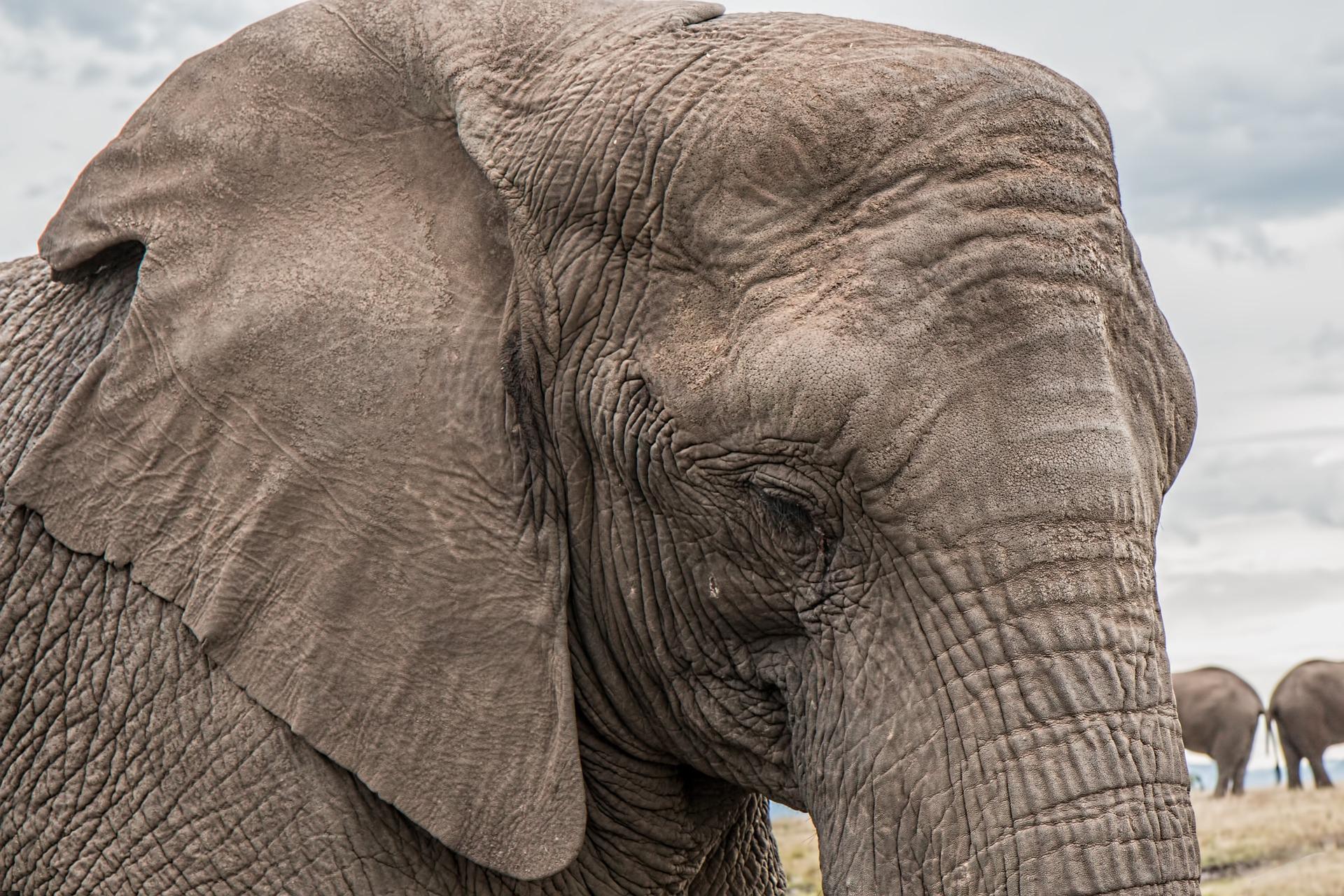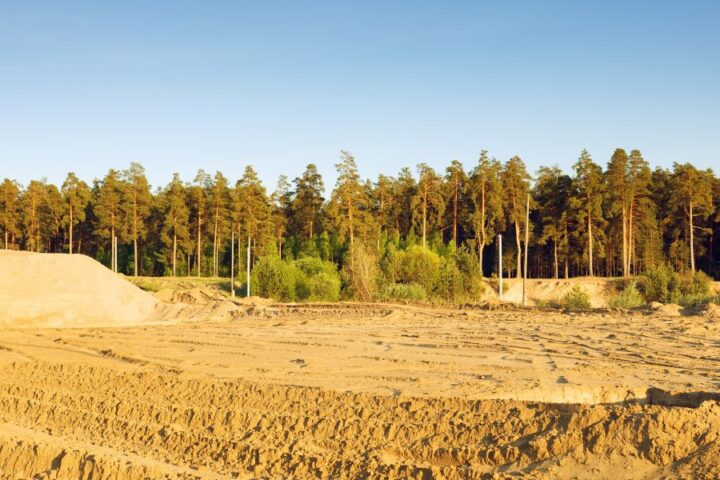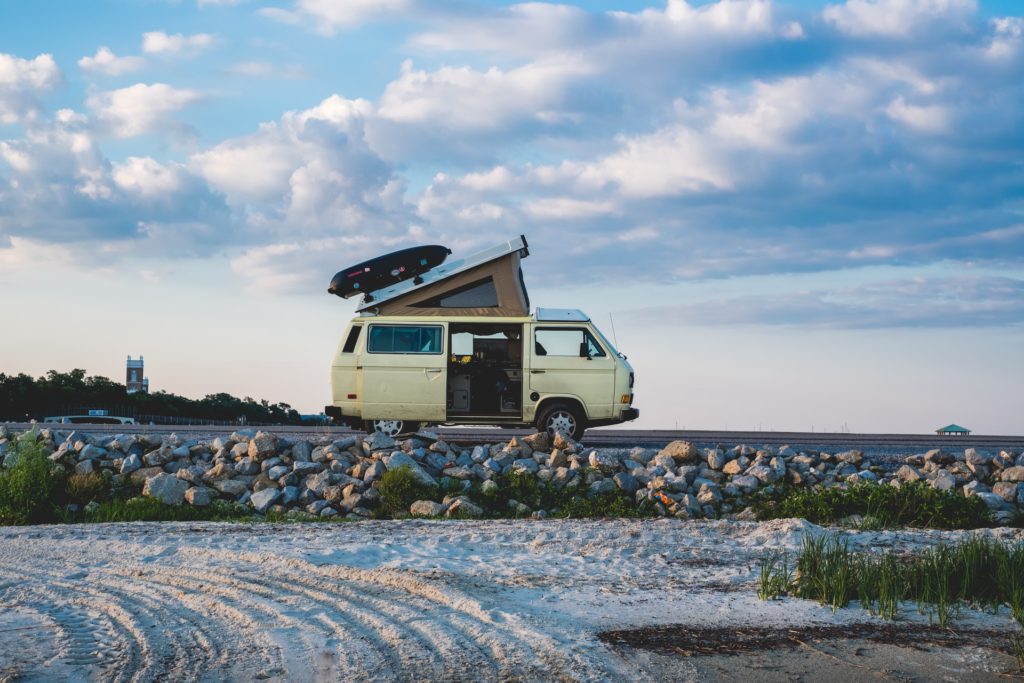Every animal on earth deserves protection. For some, those safeguards are crucial to the survival of a species. The concept of extinction is hard to face up to. However, it’s real and happening all around us, in real time. Sadly, the list of endangered species is growing and growing, which threatens the future of a number of animals and plants.
While you may believe things are out of your control, there are measures you can take which can go a long way in protecting endangered species, such as those listed below.
Learn About Endangered Species Near You
One of the greatest things you can do is learn about endangered species in your area, as well as teach loved ones about the wonderful birds, fish, and wildlife that reside nearby. When you expand your knowledge about different species and how important they are in society, you will be on the journey to helping protect them. Some people like to go one step further and join activist networks that enable you to talk with likeminded individuals about endangered species and what each person can do to make a real change.
Visit Wildlife Parks
There are protected lands across the UK that provide habitat to many native wildlife, fish, birds, and plants. Scientists state that the best way in protecting endangered species is by protecting the places where they live. You may want to get involved by volunteering at a local nature centre or wildlife refuge. Alternatively, why not go bird watching in a nearby park? There are lots of great things you can do that will get you in touch with nature, learn more about the wildlife around you, and most importantly, do what you can to protect them.
Make Your Home More Wildlife Friendly
Homeowners can play their part when it comes to protecting endangered species. For instance, you can secure rubbish in shelters, feed your pets indoors, and lock pet doors during the night to avoid attracting wild animals to your property. If you believe you have animals and creatures calling your home theirs, you can have surveys conducted to establish their presence. For those who have land, it’s wise to get a newt survey carried out by Arbtech. This is because newts are a European protected species. Therefore, if you have plans to make any renovations to your land, their newt survey can determine if you have any and what needs to be done in accordance with the law.
Plant Native Plants
If you want to attract native insects like butterflies and bees, planting native plants should be at the top of your list. These creatures can help pollinate your plants and keep your outdoor space thriving. The spread of non-native species has hugely affected native populations all over the globe. Invasive species compete with native counterparts for habitat and resources. Having native plants in your garden can provide plenty of shelter and food for native wildlife.
Avoid Using Pesticides
When it comes to tending to your garden and looking after plants, you may not give a second thought to using pesticides. However, while they’re great for keeping your outdoor space neat and tidy, these hazardous pollutants can impact wildlife at all kinds of levels. Many pesticides and herbicides take a long time to degrade. This means predators like owls can be harmed if they eat poisoned plants. Rather than grabbing harmful chemicals off the supermarket shelf, it’s wise to look into natural alternatives that won’t endanger wildlife.
Be Careful When Driving
For those who drive, it’s vital you follow the rules of the road and not speed. This is because many animals reside in developed areas, which means they must navigate a landscape full to the brim with human hazards. One major challenge to wildlife living in developed parts of the country are roads. These divide habitats and present constant hazards to animals attempting to cross from one side of the road to the other. The next time you get in your car and go for a drive, pay attention to your speed. Always keep an eye out for wildlife, especially when you’re in the countryside. The last thing you want is to go over the speed limit and not have enough time to slow down for an animal.
Buy and Recycle Sustainable Products
There are other tactics you can use to support endangered species, such as by purchasing recycled paper. Never purchase furniture created from wood from rainforests. Also, recycle your smartphone. This is because a mineral found in them and other electronics are mined in gorilla habitats. You should lower your use of palm oil too. The reason for this is forests, where tigers reside, are being cut down to plant palm plantations. Recycling and buying sustainable products is an easy lifestyle change you can make which is sure to benefit the planet and the wildlife around you.
Never Buy Products Made from Endangered or Threatened Species
Lots of us love nothing more than packing our suitcase and going on an overseas trip. If you’re off backpacking or going on a family summer holiday, you may want to buy souvenirs to bring home for your loved ones. However, some souvenirs are sadly made from species that are near to extinction. You should avoid supporting the market in illegal wildlife. This includes coral, ivory, and tortoise-shell products. Be mindful of products that contain fur from polar bears, tigers, and other endangered wildlife too. The last thing you want is to contribute to extinction, so be aware of what souvenirs you buy before making a purchase.
If you’re an animal lover and care about the wildlife around you, then chances are you’re already following many of the suggestions above. However, for those who believe they could be doing more, the great news is – you can!
Taking a few of the above and putting them into action can really make a difference and help protect endangered species. Whether you’re in the UK or going overseas, being conscious about wildlife and doing what you can is key to making a positive difference.













